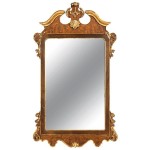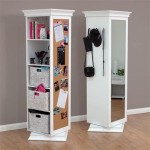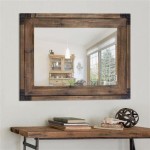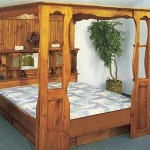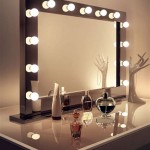Recessed Lighting Over Bathroom Mirror
Recessed lighting, also known as can lights, offers a sleek and modern lighting solution for bathrooms. When positioned strategically, recessed lights can provide excellent illumination for tasks performed at the bathroom mirror, such as shaving, applying makeup, and styling hair. This article explores the key considerations for installing recessed lighting over a bathroom mirror, covering topics such as fixture selection, placement, and safety precautions.
Choosing the Right Fixtures
Selecting appropriate recessed lighting fixtures is crucial for effective and aesthetically pleasing bathroom illumination. Several factors contribute to this decision, including the size of the bathroom, the desired light output, and the overall style of the space. Smaller bathrooms may require fewer fixtures, while larger bathrooms might benefit from multiple lights for even coverage.
Light output is measured in lumens. A higher lumen count indicates a brighter light. For tasks requiring detailed vision, such as applying makeup, a higher lumen output is recommended. Consider using a dimmer switch to adjust the brightness according to the need.
The color temperature of the light also plays a significant role in the ambiance of the bathroom. Warmer color temperatures (2700K-3000K) create a relaxing atmosphere, while cooler temperatures (3500K-4100K) provide a more invigorating feel and better color rendering for makeup application. Consider the overall aesthetic of the bathroom and personal preference when choosing color temperature.
Wet location-rated fixtures are essential for areas exposed to moisture, such as above the shower or bathtub. While the area directly above the mirror might not be classified as a wet location, it’s still advisable to choose damp location-rated fixtures as a precaution against steam and humidity.
Finally, consider the trim style of the fixture. Various options are available, including baffle trims, reflector trims, and adjustable eyeball trims. Baffle trims reduce glare and are a common choice for bathroom lighting. Reflector trims provide a more focused beam of light, while adjustable eyeball trims allow for directional lighting, which can be useful for highlighting specific areas.
Optimal Placement for Functionality and Aesthetics
Proper placement of recessed lighting fixtures is crucial for maximizing functionality and creating a balanced lighting scheme. Installing fixtures directly above the mirror provides focused task lighting. For optimal illumination, consider placing two fixtures flanking the mirror, positioned approximately 30-36 inches apart and centered vertically. This arrangement helps minimize shadows on the face.
Avoid placing recessed lighting directly in front of the mirror, as this can create glare and reflections that interfere with tasks. Instead, focus on positioning the lights to illuminate the person standing in front of the mirror.
The ceiling height also influences fixture placement. In bathrooms with higher ceilings, the fixtures may need to be spaced further apart to achieve even light distribution. Conversely, in bathrooms with lower ceilings, the fixtures may need to be closer together.
In addition to the fixtures flanking the mirror, consider incorporating ambient lighting in the bathroom. This can be achieved through additional recessed lighting fixtures placed throughout the ceiling or by using other lighting sources, such as wall sconces or a decorative pendant light.
Safety and Installation Considerations
Safety is paramount when installing any electrical fixture, especially in a damp environment like a bathroom. Always turn off the power to the circuit at the breaker box before beginning any electrical work. If unsure about any aspect of the installation, consult a qualified electrician.
Ensure the recessed lighting fixtures are rated for use in damp locations and are properly sealed to prevent moisture from entering the fixture. Use appropriate electrical boxes and connectors designed for use in damp locations.
Follow the manufacturer’s instructions carefully when installing the fixtures. Pay close attention to the recommended clearances from insulation and other building materials to prevent overheating and fire hazards.
Building codes often dictate specific requirements for bathroom lighting, including the minimum distance between fixtures and plumbing fixtures. Check local building codes to ensure compliance before beginning the installation process.
Proper ventilation in the bathroom is also essential to prevent the buildup of moisture, which can damage fixtures and create a breeding ground for mold and mildew. Ensure the bathroom has adequate ventilation to exhaust steam and humidity.

Bathroom Recessed Lighting Tips 1stoplighting

Recessed Lights Above Vanity

Understated Radiance Dazzling Recessed Lighting For Warm And Inviting Modern Interiors Bathroom Design Contemporary Vanity

The Pocket Guide To Bathroom Lighting Flip Switch

Bathroom Recessed Lighting Tips 1stoplighting

Above Vanity Recessed Lighting Design Ideas

No Vanity Lights Bathroom Recessed Lighting Design Modern

New Recessed Lighting Dots Dashes Lightology

Bathroom Lighting

How To Light Your Bathroom Mirror With Recessed Lighting Reviews Ratings

